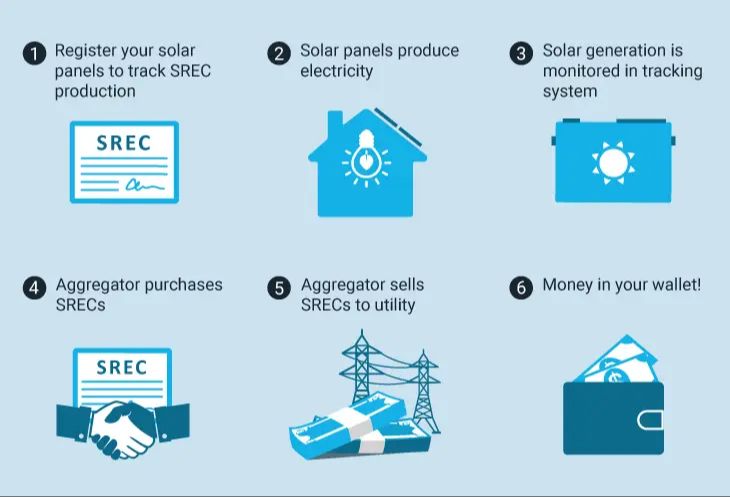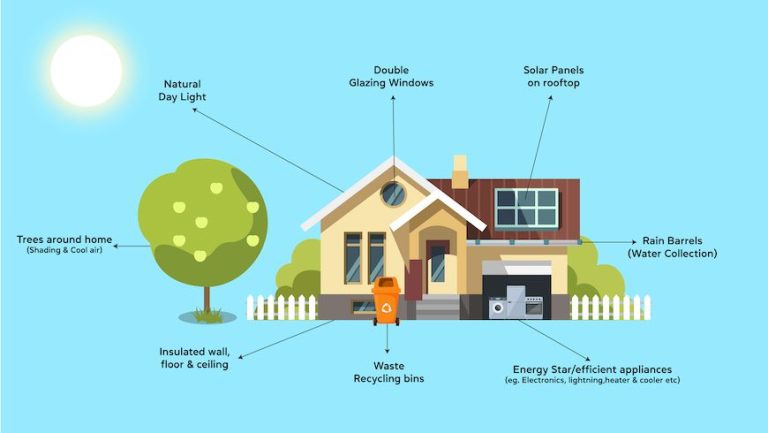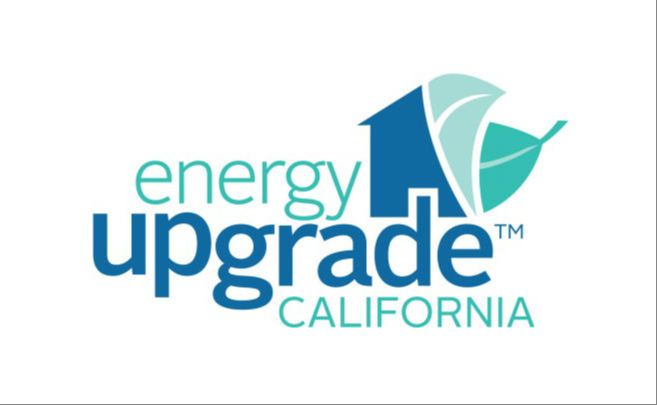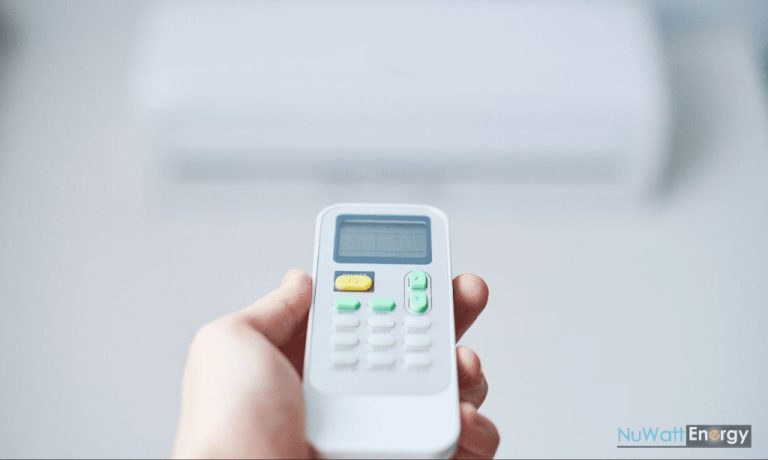Can Renewable Energy Be Sold?

Renewable energy comes from natural sources that are constantly replenished, such as sunlight, wind, water, plants, and geothermal heat. The most common renewable energy sources are solar, wind, hydropower, biomass, and geothermal. Renewable energy is important because it provides energy while minimizing pollution and environmental impact. Fossil fuels like coal, oil and natural gas have major environmental issues like air pollution and greenhouse gas emissions. Renewable energy sources are cleaner and sustainable alternatives.
Renewable energy has seen tremendous growth in recent years. According to the Center for Climate and Energy Solutions, renewable energy grew 42% in the United States from 2010 to 2020. The International Energy Agency (IEA) reports that electricity generation from renewables accounts for about 40% of total renewable energy supply globally. The growth is driven by declining costs, technological advances, government policies, and increased environmental awareness. As costs continue to fall and technology improves, renewable energy is expected to play an even bigger role in the future.
Selling Renewable Energy to the Grid
One of the most common ways that homeowners and businesses with renewable energy systems like solar panels can sell excess electricity is through net metering programs. Net metering allows renewable energy system owners to send any excess electricity they generate back to the grid. Their utility company will then credit them for this electricity, offsetting the electricity they consume from the grid at other times.
As of 2022, 38 states plus Washington, D.C. and Puerto Rico have mandatory net metering rules in place (https://www.seia.org/initiatives/net-metering). The specific net metering policies and incentives vary by state. For example, some states like California have no cap on the amount of renewable energy that can be net metered, while others like New York have a cap after which additional compensation is reduced (https://suncityenergy.com/states-net-metering-policies/). There are also differences in how long net metering credits can roll over from month to month before they expire.
Overall, net metering creates a simple and straightforward way for renewable energy system owners to receive compensation for excess generation, making renewable energy investments more financially viable.
Selling Renewable Energy Certificates
Renewable Energy Certificates (RECs) are a mechanism that allows for the separation and selling of the environmental attributes of renewable energy from the actual generated electricity. Essentially, they provide “proof” that renewable power has been generated.
RECs are created when a renewable energy project like a wind farm or solar installation generates 1 megawatt-hour (MWh) of electricity. The REC represents the environmental benefits of displacing fossil-fuel based generation. RECs can then be unbundled from the power itself and traded separately on the open market.
This allows companies or individuals to buy RECs as a way to offset their energy usage with renewable energy. By purchasing RECs, you are financially supporting renewable energy development. Even if the actual electrons aren’t being delivered directly to you, your REC purchase incentivizes further renewable generation. The overall environmental benefit is the same.
There are a few major REC tracking systems in North America – in the US, RECs are tracked by independent non-profits like APX and M-RETS. This allows RECs to be properly verified, serialized, and retired once they are purchased. Overall, RECs create flexibility in renewable energy markets, allowing consumers to purchase “renewable energy” even if they aren’t located near renewable projects.[1]
Corporate Renewable Energy Procurement
Corporate renewable energy procurement through power purchase agreements (PPAs) has seen rapid growth in recent years. Major companies are increasingly buying renewable energy directly from wind and solar projects to power their operations and meet sustainability goals.
According to S&P Global, corporate renewable procurement announcements reached over 30 GW in Q2 2023, a 60% increase from Q1 2023 [1]. Google, Apple, Amazon, Microsoft and Facebook alone announced over 10 GW of renewable energy contracts in the first half of 2023.
Some key examples of major corporate renewable energy buyers in recent years include:
- Amazon – announced contracts for over 10 GW of renewable energy capacity from 2020-2022, making it the world’s largest corporate buyer [2]
- Apple – pledged to become 100% carbon neutral for its supply chain and products by 2030 through renewable energy purchases
- Microsoft – contracted for over 5 GW of renewable energy since 2020 and aims to power all data centers with renewable energy by 2025
- Google – has matched 100% of its global electricity consumption with renewable energy purchases since 2017
Community Renewable Energy Programs
Community renewable energy programs allow groups of individuals to collectively invest in a local renewable energy project and share the benefits. This makes renewable energy more accessible and affordable, especially for renters, low-income households, and those without suitable space for rooftop solar. Popular community renewable energy programs include:
Community Solar – Participants buy or lease portions of a larger solar array and receive credits on their electricity bills based on their share of power produced. Community solar adoption rates have grown rapidly, with over 2.2 GW of installed capacity across 41 states as of Q4 2020.
Community Wind – Participants jointly invest in a local wind project and receive annual dividend payments based on the revenue earned from selling the power generated. Community wind accounts for over 10% of total U.S. wind capacity.
Group Purchasing Programs – Community members aggregate their buying power to purchase renewable energy at discounted rates from their utility or supplier. Over 600 communities across the U.S. have organized group purchasing of green power.
In California, the Green Tariff Shared Renewables program allows customers of the major utilities to receive 50% – 100% renewable energy from community solar projects. The state also recently approved the Disadvantaged Communities Green Tariff program targeting low-income areas.
Peer-to-Peer Energy Trading
Peer-to-peer (P2P) energy trading allows consumers to buy and sell energy directly with each other, rather than going through a utility. This model enables owners of distributed energy resources like rooftop solar panels to sell their excess generation to neighbors or other local energy consumers. P2P trading creates a marketplace that connects producers and consumers directly using an online platform.
Blockchain technology is enabling a new wave of P2P energy trading platforms. Blockchain provides a decentralized, trusted record of transactions that can facilitate real-time balancing of supply and demand on a local microgrid. Smart contracts execute automatic settlements between producers and consumers when energy is traded on the platform. Some examples of blockchain P2P trading platforms include Power Ledger, LO3 Energy, and WePower.
Key benefits of blockchain-enabled P2P energy trading include:
– Increased utilization of renewable energy
– Revenue opportunities for small producers
– Lower energy costs for consumers
– Enhanced grid optimization and resilience
While still an emerging model, P2P energy trading represents an innovative way for communities to share decentralized renewable resources locally and build a more decentralized and democratized energy system. Blockchain and smart contracts will be key enablers of efficient and scalable P2P trading marketplaces.
Challenges to Selling Renewable Energy
While the renewable energy market has grown significantly in recent years, a number of challenges remain when it comes to selling green power. Some of the key barriers include:
Intermittency – The output of renewable sources like wind and solar is variable and depends on weather conditions and time of day. This makes integration into the grid more complex compared to traditional baseload generation. Utilities have to balance supply and demand in real-time.
Grid Connectivity – Renewable energy projects, especially large scale ones, need to be connected to the transmission grid to deliver power to customers. However, in some cases grid capacity is limited and upgrades are required before new projects can connect. Permitting and cost issues can delay grid expansion.
Policy Barriers – The growth of renewable power is heavily policy driven. Change or uncertainty around incentives, regulations, and electricity market rules can negatively impact investments. Policy barriers include issues like grid access, permitting, net metering rules, and subsidy programs.
Pricing Factors – The value of renewable electricity depends on complex factors like location, time of delivery, market supply/demand conditions, and grid congestion. This can make it challenging to obtain optimal pricing. Long term power purchase agreements provide revenue certainty but may undervalue peak production.
Future Outlook
The renewable energy market is projected to see strong growth in sales and procurement over the coming years. According to Deloitte, renewable energy deployment is expected to grow 17% to 42 GW in 2024, accounting for over 50% of new generating capacity [1]. The global renewable energy market size could reach over $2 trillion by 2032, with a compound annual growth rate of 8.4%, driven by supportive government policies and corporate procurement [2].
New business models like virtual power purchase agreements (VPPAs), green tariffs, and renewable energy certificates will enable more organizations to purchase renewables without owning generation assets. Peer-to-peer energy trading platforms allow consumers to buy and sell renewable energy directly. Blockchain-based solutions can authenticate renewable energy transactions and certificates. Overall, ongoing cost declines and innovative business models will facilitate the growth in renewable energy sales and procurement.
Key Takeaways
One of the main purposes of generating renewable energy is to help reduce dependency on fossil fuels and mitigate the effects of climate change. But until recently most renewable energy projects were driven solely to meet internal energy demand. Now, new options allow renewable energy producers to sell their excess generation into energy markets. This is accelerating renewable energy deployment, raising awareness of its benefits, and helping drive the clean energy transition.
The key takeaways on selling renewable energy include:
- Renewable energy can be sold into wholesale energy markets, allowing producers to monetize excess generation and utilities to procure clean power.
- Selling Renewable Energy Certificates provides an additional revenue stream for renewable energy projects.
- Major corporations are procuring record amounts of renewable energy through direct contracts with producers.
- Community renewable programs allow residential customers to participate in and benefit from local renewable projects.
- Peer-to-peer energy trading presents opportunities for small-scale producers to sell excess renewable energy to neighbors.
- Despite growing momentum, challenges remain around interconnection, grid management, and regulatory policy.
- Ongoing renewable energy cost declines coupled with rising demand for clean energy will continue to expand options for selling renewable generation.
The ability to sell renewable energy is making these technologies more economically viable while also helping utilities, corporations, communities, and individuals participate directly in the sustainable energy transition.
Conclusion
As we’ve explored, there are several innovative mechanisms through which renewable energy can be sold, traded, and procured. From selling renewable energy certificates and carbon credits, to corporate procurement programs and community solar initiatives, green power can be monetized in many ways that also provide environmental and economic benefits.
By participating in these programs, homeowners, businesses, utilities, and communities can all play a role in growing the renewable energy market. When renewable electricity is sold into competitive energy markets, it displaces fossil fuel-based power and reduces overall emissions. The growing demand for renewables is driving continued investment into technologies like solar, wind, geothermal, and more.
The transition towards clean energy is well underway, but still faces challenges around policy, regulations, and competing with cheap fossil fuels. However, themomentum behind renewables is strong, and innovative business models are overcoming many of these hurdles. With the right policies and public engagement, selling renewable energy will only become easier and more financially rewarding in the future.






